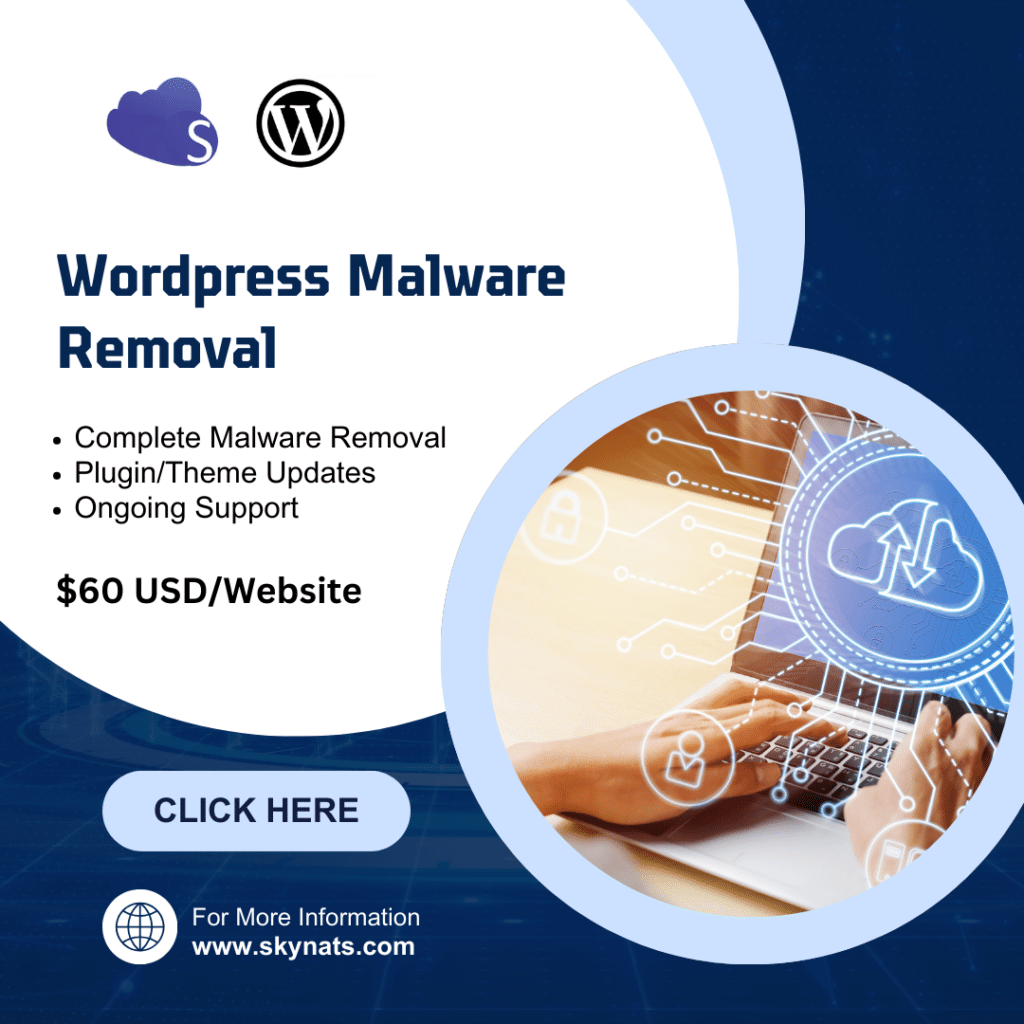How to Connect to Amazon DocumentDB Using mongosh: Common Errors and Solutions
1.Wire Version Mismatch “MongoServerSelectionError: Server at <cluster-endpoint> reports maximum wire version 6, but this version of the driver requires at least 8 (MongoDB 4.2)” DocumentDB 3.5 (and 3.6) supports MongoDB wire version 6 (features roughly equivalent to MongoDB 3.6). Modern clients (mongosh 2.x, Node.js driver 4.x, MongoDB shell 8.x) require wire version 8 or higher, which corresponds to MongoDB 4.2+. The client attempts to use features the server does not support → connection rejected. Solution

